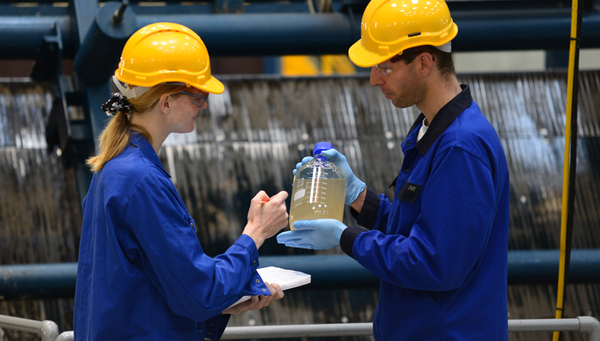News Detail
Cocaine levels in wastewater higher than ever
March 7, 2018 |
One particularly striking finding is that levels of benzoylecgonine – an indicator of cocaine use – rose almost everywhere, by an average of 30% among the 17 cities which have participated in the project since 2011. This increase is in line with estimates of cocaine use based on other data, e.g. surveys of partygoers or reports of illicit drug seizures.
The Swiss cities involved in the project (Bern, Basel, Geneva, St Gallen and Zurich) all show above-average levels, ranking highest in Europe alongside Antwerp, Amsterdam and Barcelona.
In Switzerland, the wastewater analyses and assessments are conducted by Lausanne University and Eawag. Since the first monitoring campaign in 2011, wastewater analysis has developed from an experimental technique into a new, low-cost epidemiological method. In the case of cocaine, the biomarker measured is benzoylecgonine (BE), a drug metabolite excreted in urine. Use of amphetamines such as Ecstasy is estimated from MDMA loads. This year, once again, the SCORE network (Sewage analysis CORe group — Europe) has not reported results for cannabis use, as the urinary metabolite THC−COOH is difficult to measure, and standard sampling and analytical techniques have yet to be established.

Download from score Monitoring

